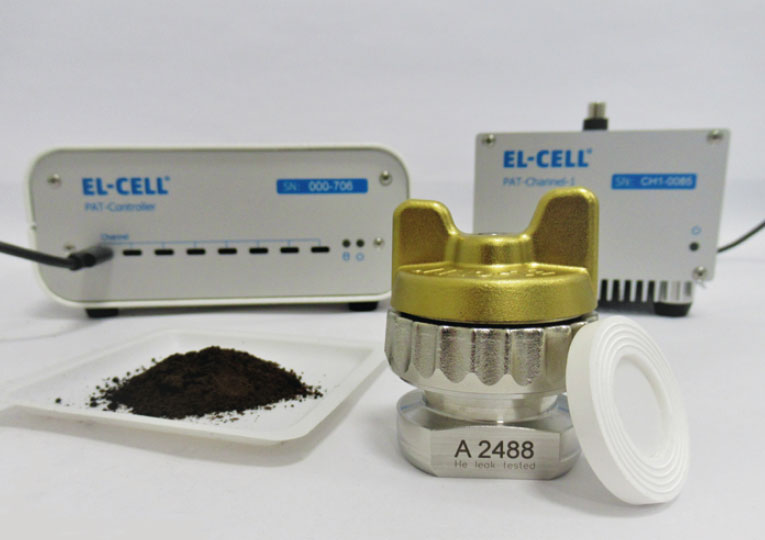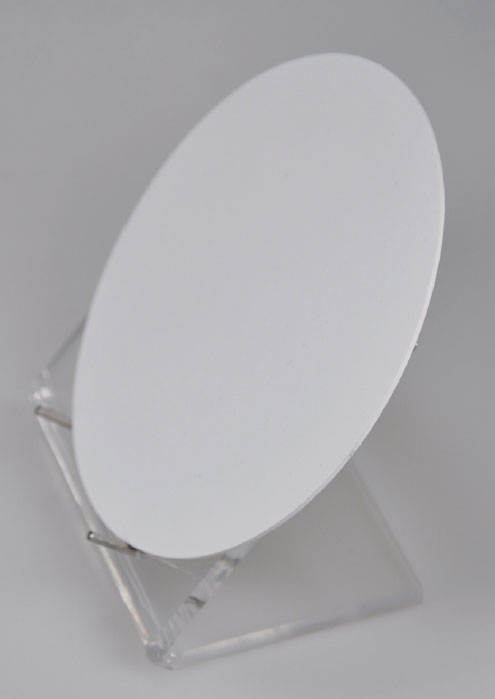
A novel cell concept for sodium-based medium-temperature batteries
Current research



The Energy Transition requires batteries
Stationary electrochemical energy storage systems are essential for excess energy storage and to ensure secure energy supply. High-temperature batteries are already being used commercially for these purposes (“ZEBRA cell”). In contrast to Li-ion batteries, ZEBRA cells are operated without cobalt and lithium, which are rare elements, and therefore expensive. In the new cell system sodium acts as the negative electrode. The amount of sodium in the earth´s crust is a thousand times higher than the amount of lithium. Hence, it is cheap and available in almost unlimited supply. Another crucial component is the ceramic solid electrolyte: sodium-beta alumina. ZEBRA cells have been successfully improved by Fraunhofer IKTS and are currently being commercialized in cooperation with a business partner.
Sodium-beta alumina – the heart of the battery
Fraunhofer IKTS has engineered materials and processes for the production of sodium-beta alumina, achieving high phase purity and density. Therefore, the solid electrolyte exhibits outstanding chemical, electrochemical and mechanical stability and is ideal for use as an ion-conducting solid electrolyte in batteries. In contrast with conventional organic electrolytes, it is also non-toxic and non-flammable.
The success of transition metal oxides
Today´s Li-ion cells rely on transition metal oxides (“NMC“), which function as positive electrodes. Their high energy density and cost efficiency make them extremely successful – even gaining their discoverers a Nobel Prize in Chemistry in 2019. However, powerful sodium-based lithium analogs are also available, so these high-performance transition metals can be used in sodium-based cell systems as well.
A novel cell concept – combining powerful cell components
At Fraunhofer IKTS, sodium, sodium-beta alumina and transition metal oxides are combined in a novel cell concept, which is suitable for stationary energy storage.
Utilizing a special polymeric composite cathode creates a safe solid-state battery with high specific energy. By integrating the composite positive electrode, IKTS was able to reduce the operating temperature to only 80 °C. The disk-shaped sodium-beta alumina solid electrolyte is advantageous for production and battery pack construction.
Due to the active material´s phase transitions, the battery´s lifetime is still limited. However, improvements are being made, for example by introducing stabilizing agents into the crystal lattice (“doping”). Simultaneously, the cell resistance is optimized by producing even thinner sodium-beta alumina solid electrolytes. Fraunhofer IKTS’s development goal is a commercial solid-state battery with high specific energy, which is sustainable and safe and can be utilized for stationary energy storage.
Sponsored by

